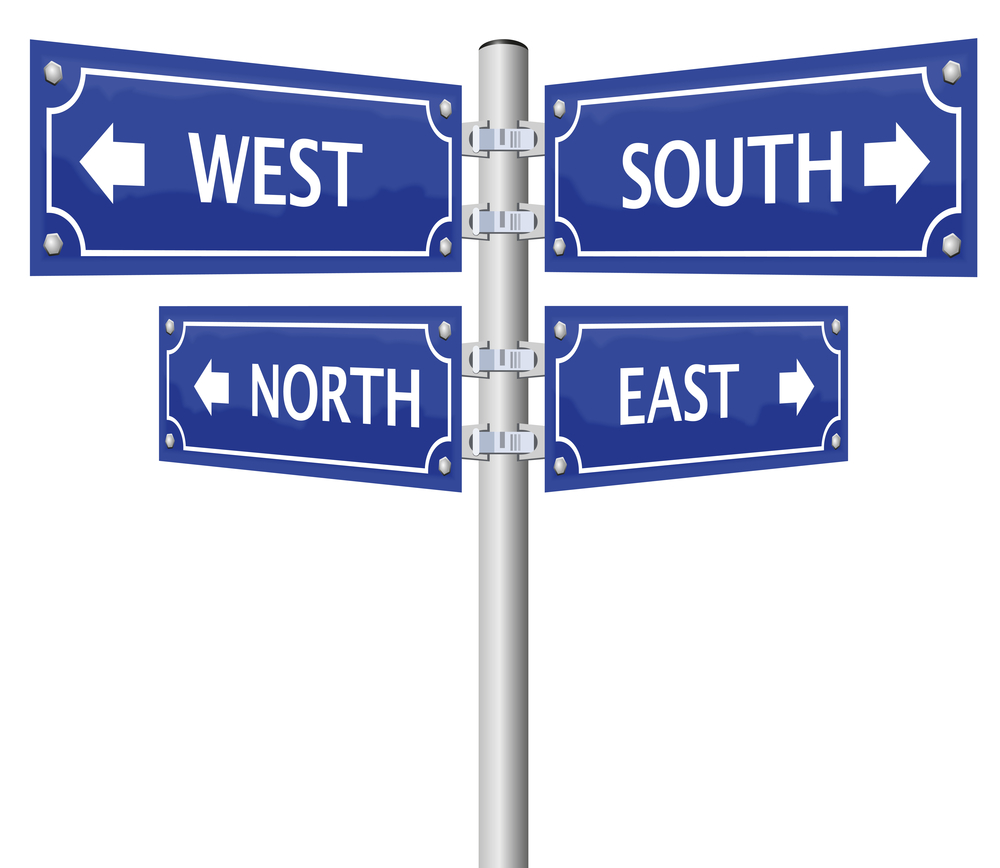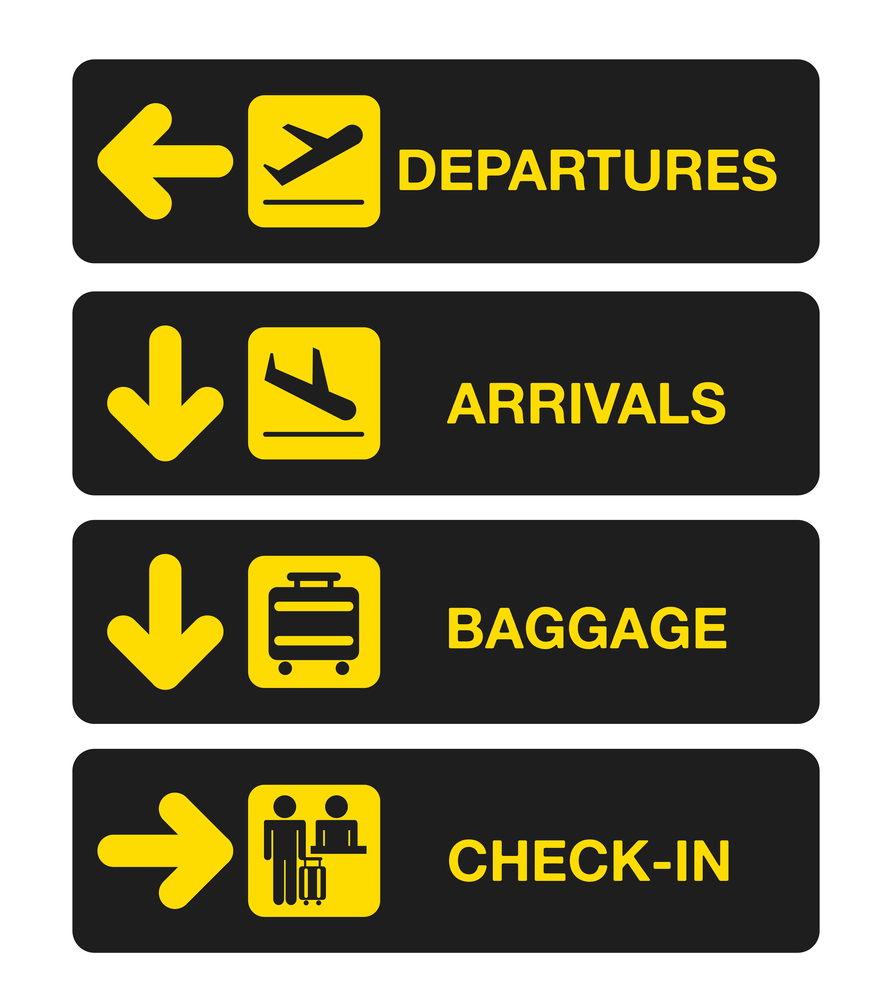
We all know that Christopher Columbus and Captain James Cook along with many other explorers used astronomy, latitude and longitude to find their way around the world. What about Leichardt’s exploration of inland Australia. He also used those tools, maps, sketch books and other landmarks. Wayfinding is using those tools and others to find your way. In our podcast this week we discuss digital accessibility and wayfinding.

Understanding Wayfinding
At its core, wayfinding is the process of determining and following a path from one location to another. It encompasses a range of cognitive abilities, including spatial awareness, memory, and decision-making. Whether we’re navigating physical spaces or digital interfaces, effective wayfinding involves interpreting environmental cues, such as signage, landmarks, and maps, to reach our destination accurately and efficiently.
There are 4 factors in wayfinding.
- Spatial Awareness is understanding our surroundings. This involves grasping the layout of the environment, recognizing key landmarks, and mentally mapping out potential routes to our destination. Individuals with a keen sense of spatial awareness often excel at navigating unfamiliar places.
- Signage and Visual Cues: Effective signage should be easy to read, strategically placed, and provide relevant information such as directions, distances, and points of interest. Visual cues, such as color-coded pathways or distinctive landmarks, further aid navigation and help users orient themselves within a space.
- Technology and Digital Wayfinding: From GPS navigation apps to interactive maps, digital technologies offer real-time guidance and personalized route recommendations. Augmented reality (AR) and indoor positioning systems (IPS) further enhance the wayfinding experience by overlaying digital information onto the physical environment, making navigation more intuitive and interactive.
- Human Factors: Human behaviour and psychology influences the wayfinding process. Factors such as cognitive load, attentional focus, and individual preferences can impact how people interpret and respond to wayfinding cues.

Applications
There are many examples of wayfinding in our community. Signs, paper based maps, kiosks, building maps, GPS (Global Positioning systems) apps such as Google Maps and Apple Maps and even that paper map that you drew to show someone the way to get to somewhere. It can also be verbal with announcements in lifts for what is on every floor of a shop. Just think about Sitcoms such as Are You being Served Sir. It always started with the list of services on each floor.

Digital Accessibility
Incorporating digital accessibility features into wayfinding systems is crucial for creating inclusive environments. Consider the following ways in which digital accessibility enhances the wayfinding experience:
- People who are blind or have low vision rely on screen readers to navigate digital content. Ensuring that wayfinding apps and websites are compatible with screen readers allows individuals with visual impairments to access maps, directions, and location information independently.
- Providing descriptive alt text for images and landmarks within digital maps enables users with visual impairments to understand their surroundings and plan their routes effectively. Similarly, using descriptive labels for navigation buttons and interactive elements ensures that users can navigate the interface easily using assistive technologies.
- Some individuals with mobility impairments rely on keyboard navigation instead of a mouse or touchpad. Designing wayfinding interfaces with keyboard accessibility in mind ensures that all users can navigate through menus, search bars, and interactive elements using keyboard shortcuts.
- Captions and transcripts are essential for making audiovisual content accessible to individuals who are deaf or hard of hearing. Including captions for instructional videos, audio guides, or virtual tours within wayfinding apps ensures that everyone can access vital information regardless of their hearing abilities.

Conclusion
Incorporating digital accessibility into wayfinding systems is not just about compliance; it’s about equity and inclusion. By designing digital platforms and technologies with accessibility in mind, we can create more inclusive environments where everyone can navigate with confidence and independence. As we continue to innovate in the field of
